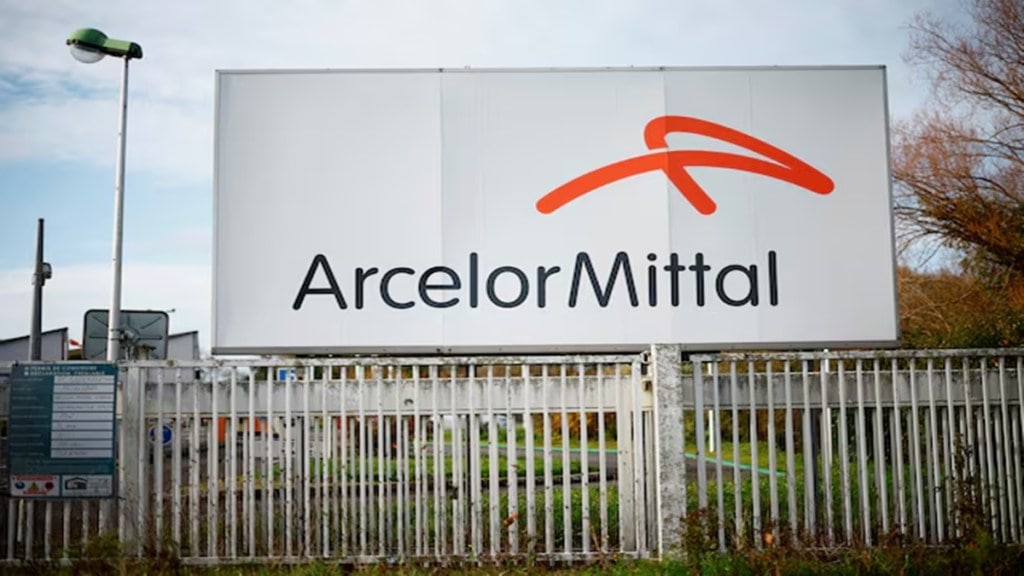ArcelorMittal/Nippon Steel India (AM/NS), the Indian arm of UK based steel giant ArcelorMittal, reported 56.4% drop in Ebitda for the 12 months ended December 31, 2024, due to negative price-cost impact, the company said.
Sales for the year dropped 2.9% to $6.52 billion, though the October-December quarter showed signs of recovery in demand with increased sales. The company reported 3% rise on-quarter in Q4 sales at $1.58 billion on the back of higher shipments (2,138 kilotonne or kt, up 13,3%).
“The long-term outlook for the steel industry is positive and our global presence means we have a unique opportunity to prioritize investment in markets where there is a strong outlook for growth and returns. We are particularly focused on Brazil, India, and the US, where we are enhancing our ability to meet automotive demand through a new high quality electric arc furnace at AM/NS Calvert and a new electric steel facility announced today,” Aditya Mittal, chief executive officer, ArcelorMittal, said.
Operating results for the year were impact due to weaker prices in the Indian market on account of China imports, the company said in its earnings presentation. It however gave a positive outlook for its India business for the 12 months ending December 31, 2025.
“Expectations for ASC by region in 2025: Europe flat products to grow 0% to 2%; US flat products to grow 1% to 3%; China to remain stable; Brazil to be stable (following strong growth in 2024 of 8%) and India to grow 6% to 7%,” it said.
AM/NS received 14% of Arcelor Mittal’s annual capex during the fiscal – $1.3 billion) which went towards its renewable energy project in Andhra Pradesh. This does not include growth capex towards the Indian unit, the company clarified.
By the end of 2025, the company will fully commission the automotive downstream complex and by the end of 2026, projects its crude steel capacity to expand to 15 Mt from the current 9 Mt in an effort to reach the target of 24 Mt by 2030.
“Phase 1 expansion (is) expected to boost normalised Ebitda and investable cash flow1 potential by 2.5x to $2.5 billion and $1.7 billion, respectively,” AM/NS said.
